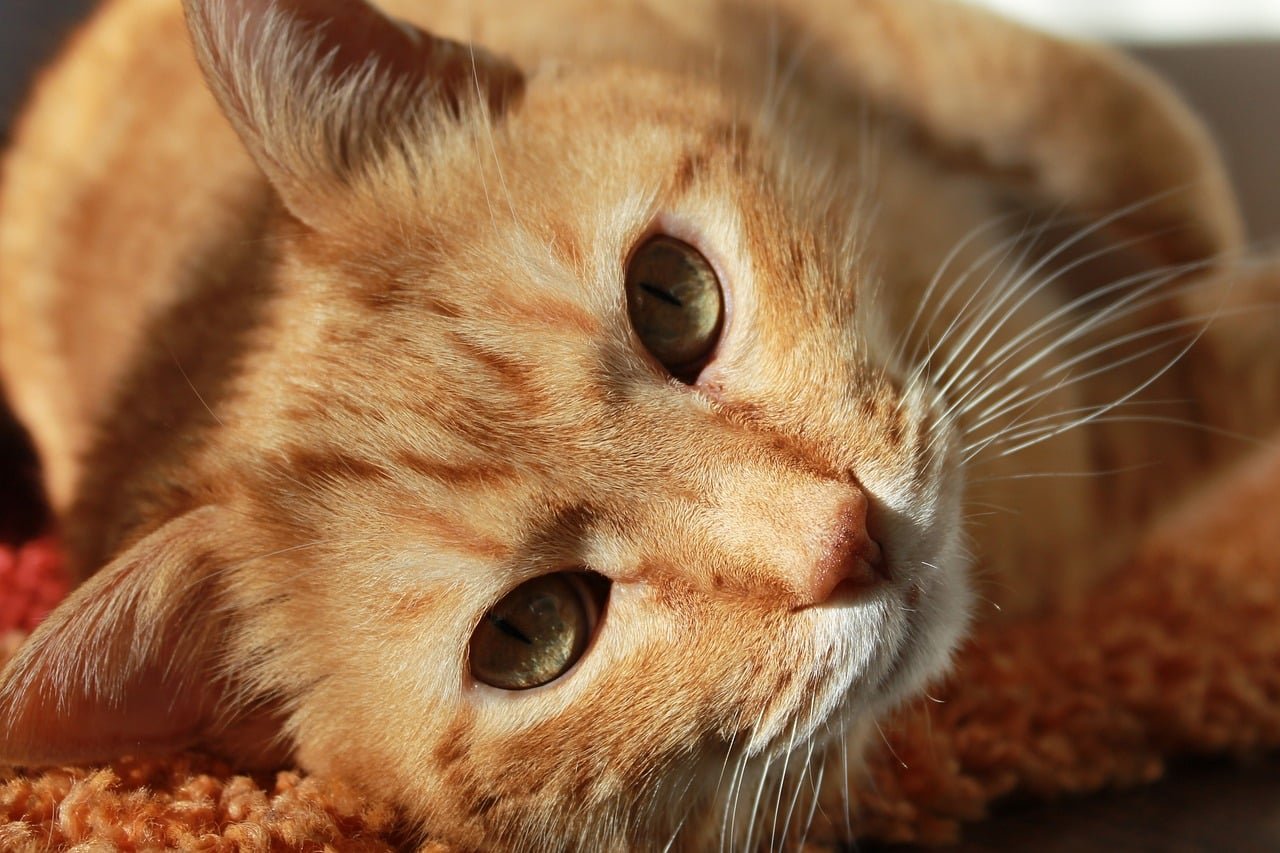Cat whiskers, scientifically known as vibrissae, are not just ordinary hairs; they are intricate sensory organs that play a vital role in a cat’s perception of its environment. Beyond their biological function, whiskers have held symbolic and cultural significance throughout history. This article delves into the multifaceted meanings of cat whiskers, their biological functions, symbolic interpretations across cultures, and how they contribute to our understanding and appreciation of these remarkable feline features.
Biological Function of Cat Whiskers
Before delving into the symbolism of cat whiskers, it’s essential to understand their anatomy and biological function.
Anatomy of Cat Whiskers:
- Structure: Whiskers are long, thick, and stiffer than regular fur. They are deeply embedded in the cat’s skin, connected to a dense network of nerves and blood vessels.
- Locations: Whiskers are primarily found on a cat’s muzzle, above their eyes (supraorbital), on their chin (mandibular), and on the back of their front legs (carpal).
- Sensory Function: Whiskers are highly sensitive tactile organs that help cats detect changes in their surroundings, including air currents, vibrations, and the presence of nearby objects.
Key Functions of Cat Whiskers:
- Spatial Awareness: Whiskers help cats gauge the width of openings and navigate in the dark or unfamiliar environments.
- Sensory Perception: Whiskers detect movement and changes in air currents, alerting cats to potential threats or prey.
- Social Communication: The position of whiskers can indicate a cat’s mood or intentions. Forward-facing whiskers suggest curiosity or aggression, while flattened whiskers indicate fear or relaxation.
Cultural and Symbolic Meanings of Cat Whiskers
Throughout history and across cultures, cat whiskers have been associated with various symbolic meanings and beliefs.
1. Symbol of Curiosity and Exploration:
- Exploration: Whiskers are often seen as symbols of curiosity and exploration due to their role in helping cats navigate and explore their environment.
2. Symbol of Perception and Intuition:
- Intuition: Whiskers are considered symbols of perception and intuition, reflecting a cat’s ability to sense subtle changes in their surroundings.
3. Symbol of Luck and Protection:
- Luck: In some cultures, finding a cat whisker is believed to bring good luck and protection. Whiskers are often kept as talismans or lucky charms.
4. Symbol of Agility and Adaptability:
- Agility: Whiskers symbolize a cat’s agility and adaptability, highlighting their ability to move swiftly and navigate complex environments.
Whisker Superstitions and Beliefs
Various superstitions and beliefs surrounding cat whiskers have emerged over time, reflecting their mystical and symbolic significance.
1. Luck and Fortune:
- Good Luck: Finding a cat whisker is considered auspicious in many cultures, believed to bring luck and fortune to those who discover them.
2. Protection Against Evil:
- Protection: Cat whiskers are often used as protective talismans against evil spirits or negative energies.
3. Magical Properties:
- Magic: In folklore and mystical traditions, cat whiskers are believed to possess magical properties and are used in rituals or spellcasting.
Modern Interpretations and Appreciation
In contemporary society, cat whiskers continue to be appreciated for their biological significance and symbolic meanings.
1. Pet Care and Sensory Health:
- Sensory Health: Cat owners recognize the importance of whiskers in their pets’ sensory health and take steps to ensure their comfort and well-being.
2. Cultural Art and Literature:
- Literary Symbolism: Whiskers are often used symbolically in literature and art to evoke themes of curiosity, perception, and intuition.
3. Decorative and Fashion Trends:
- Fashion: Whisker motifs are sometimes incorporated into jewelry, accessories, and fashion trends as symbols of elegance and grace.
The Ethical Consideration of Whisker Use
While whiskers have symbolic and aesthetic value, ethical considerations should be taken into account regarding their use in products or decorations.
Ethical Guidelines:
- Respect for Animals: Respect the natural function and importance of whiskers in cats’ lives, avoiding practices that exploit or harm animals.
Conclusion
Cat whiskers are not merely functional sensory organs; they carry deep symbolic meanings and cultural significance across different societies. From their role in a cat’s navigation and perception to their representation in superstitions and beliefs, whiskers symbolize curiosity, intuition, luck, and protection. Understanding and appreciating the meanings of cat whiskers enriches our connection with these fascinating animals and enhances our appreciation for their natural abilities. Whether as symbols of luck, protection, or sensory prowess, cat whiskers continue to captivate and inspire, reflecting the timeless bond between humans and their feline companions.
- Cat Whisker Fell Out: Causes, Implications, and What to Do Next
- What Determines Cat Whisker Length?
- What Does It Mean When a Cat Loses a Whisker?
- What Does It Mean When You Find a Cat Whisker?
- What Is Cat Whisker Fatigue?
- How to Tell If Your Cat Has Whisker Fatigue
- What Type of Hair is a Whisker on a Cat?
- Why Does My Cat Have One White Whisker?
- Why Does My Orange Cat Have a Black Whisker?
- Does It Hurt When a Cat Loses a Whisker?
- What Happens If a Cat Loses a Whisker?
- Why Did My Cat Lose a Whisker? Understanding the Causes and Significance
- Why Does My Cat Have One Black Whisker?
- Cat Whisker Fell Out: Causes, Implications, and What to Do Next
Discover more from EMMOCEB
Subscribe to get the latest posts sent to your email.






